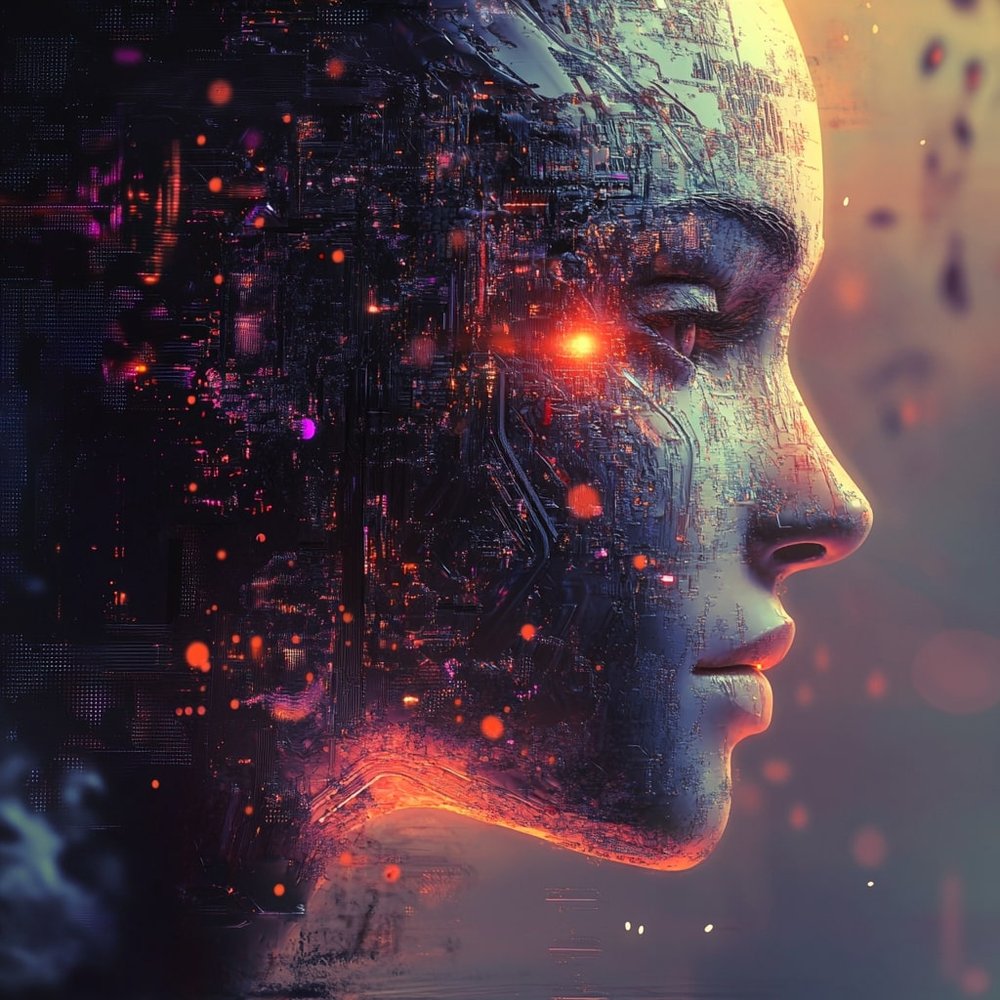Deep Reinforcement Learning
Dive into Deep Reinforcement Learning: Understand how AI learns from mistakes to improve decisions in complex environments. Perfect for tech enthusiasts and professionals.


Deep reinforcement learning (DRL) is a branch of machine learning that is concerned with teaching agents to take action in an environment in order to maximize a reward. The key difference between deep reinforcement learning and other types of machine learning is that deep reinforcement learning involves a process of trial and error, where the agent learns from its mistakes in order to optimize its behavior. In many ways, deep reinforcement learning is similar to the process of learning that humans undergo.
For instance, when we are first learning to drive a car, we make mistakes and have accidents. However, with time and experience, we learn how to avoid accidents and become better drivers. In the same way, deep reinforcement learning allows agents to gradually improve their behavior as they gain experience. One of the major benefits of deep reinforcement learning is that it can be used to solve complex tasks that are difficult for other machine learning algorithms. For instance, recent advancements in deep reinforcement learning have been used to teach agents how to play games such as chess and Go. As deep reinforcement learning continues to be developed, it is likely that it will be used to solve ever more complex tasks. Audio Block Double-click here to upload or link to a .mp3. Learn more
Deep reinforcement learning (DRL) is a powerful branch of machine learning that combines reinforcement learning principles with deep learning techniques, allowing agents to learn complex tasks through interaction with an environment. In DRL, agents take actions based on their current state, receive rewards or penalties, and adjust their behaviors to maximize cumulative rewards over time. Unlike supervised learning, which relies on labeled data, DRL learns through trial and error, continuously refining its strategy based on feedback from the environment.
Core Concepts and Components
Reinforcement Learning Basics
At its core, reinforcement learning (RL) involves an agent, an environment, actions, states, and rewards. The agent navigates the environment by taking actions, which change the state of the environment. Based on these actions, the agent receives a reward or penalty, which informs its future decisions. The goal is to learn a policy—a strategy that defines the best action to take in each state to maximize the total expected reward over time.Deep Learning Integration
The integration of deep learning allows RL algorithms to handle high-dimensional inputs, such as images or unstructured data, making it feasible to apply RL to tasks that were previously too complex. Neural networks, particularly deep neural networks (DNNs), serve as function approximators to map states to actions or to predict the value of taking a specific action in a given state. This capability enables the agent to generalize its learning to new, unseen states, enhancing its ability to solve complex tasks.Exploration vs. Exploitation
A central challenge in DRL is balancing exploration (trying new actions to discover their effects) and exploitation (using known actions that yield high rewards). Algorithms like Q-learning and policy gradient methods are used to find this balance, allowing the agent to effectively learn an optimal policy.
Applications of Deep Reinforcement Learning
Game Playing
DRL has gained significant attention due to its success in mastering games like chess, Go, and video games. Agents trained using DRL, such as AlphaGo and AlphaZero, have outperformed human champions by learning strategies that were previously thought to be impossible.Robotics
In robotics, DRL helps in teaching robots to perform complex manipulation tasks, navigate environments, or even collaborate with humans. The robots learn from their interactions, improving their performance over time without needing explicit programming.Healthcare
DRL is being explored for optimizing treatment plans, designing personalized medicine approaches, and assisting in medical imaging analysis by learning from vast amounts of data to make more accurate predictions.Finance
In financial markets, DRL can optimize trading strategies by continuously learning from market data and adjusting its actions to maximize profits while managing risks.
Challenges and Future Directions
While DRL has achieved impressive results, several challenges remain:
Sample Efficiency
DRL algorithms often require vast amounts of data and computational resources to learn effectively. This limitation is a significant barrier to applying DRL in real-world scenarios where data collection is expensive or impractical.Stability and Robustness
DRL models can be sensitive to hyperparameters and environmental changes, leading to instability during training. Researchers are actively working on developing more robust algorithms to address these issues.Interpretability
Understanding the decision-making process of DRL agents is challenging, especially in high-stakes applications like healthcare or autonomous driving, where transparency is crucial.
As research continues, the potential applications of DRL are expanding, moving beyond games and simulations to real-world problems across various domains. Its ability to learn complex behaviors from scratch makes it a promising approach for solving tasks that are difficult for traditional machine learning algorithms. The future of DRL will likely see advancements in efficiency, scalability, and interpretability, paving the way for broader adoption in practical, real-world applications.
















































